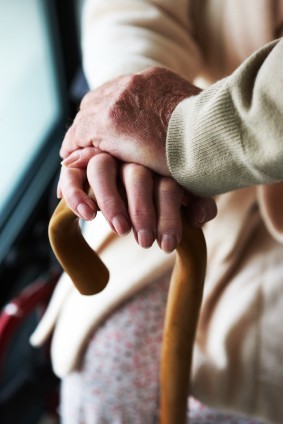Emergency departments and GPs are failing to refer elderly patients with broken ribs for the necessary assessments and treatments and are ultimately putting their lives at risk, reports suggest.
Although in 2010 an innovative two-hour procedure was approved for the NHS to support fractures during the healing process, and it has been shown to reduce lung infection rates, new figures suggest this has only been used in a small number of cases.
These types of injuries can cause breathing difficulties which can lead to the lung infection pneumonia, which is particularly dangerous for older people.
The innovate procedure involves the implantation of flexible titanium splints but, according to the new figures from DePuy Synthes, manufacturer of the unique Matrix Rib Fixation System, these have been used in just 350 cases. This is despite 29,401 hospital consultations being conducted for rib fractures in the last year alone, according to the Health & Social Care Information Centre.
As little information about this £12,000 procedure currently exists, the National Institute for Health and Care Excellence (NICE) lists it only as a treatment for the most severe fractures where the ribs become completely detached. This is normally seen only in trauma cases such as car accidents, however studies have shown that in cases where rib fracture is sustained, implanting splints decreases pneumonia infections from 80% to 20%. The overwhelming majority of pneumonia fatalities – around 80% of the total 30,000 in 2012, the most recently recorded year – were in those aged over 85.
Marco Scarci, a chest surgeon at the country’s largest specialist heart and lung treatment facility at Papworth hospital, told the Daily Mail that far more patients could benefit from the surgery than are currently being offered it.
“Most GPs and doctors still don’t even know rib fixation is an option,” he said. “In our experience patients with all kinds of rib fracture can benefit.
“Patients can be in so much pain they cannot breathe properly. This means bacteria can accumulate, causing infections that become pneumonia. These injuries are common in elderly, frail patients, and can trigger infections that can be fatal. Not every patient will be suitable but they need to be assessed.”
You can find out more about the treatment here.
